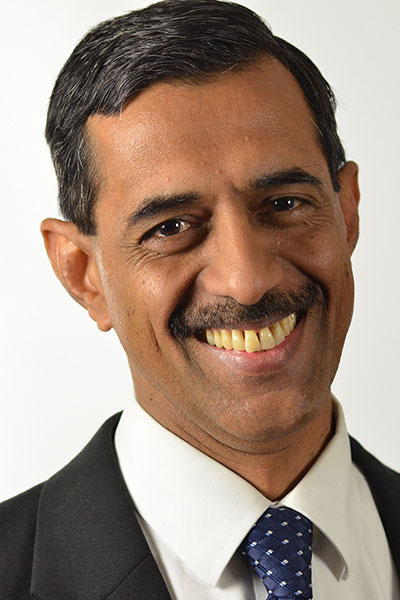Evidence shows the health of people living in rural areas of the United States is declining more quickly than that of their urban counterparts. What is being learned about that decline—why it’s happening, what trends are surfacing, and what can be done to change it—are among the important questions four diabetes experts will discuss in The Road Less Traveled—U.S. Rurality and Diabetes at 8:00 a.m. PT on Saturday, June 24, in Ballroom 6C-F.
Giuseppina Imperatore, MD, PhD, Chief of the Surveillance, Epidemiology, Economics, and Statistics Branch in the CDC’s Division of Diabetes Translation, has been studying trends in rural settings and urban settings, and how they differ. Dr. Imperatore will highlight diabetes diagnoses, adult hospitalizations with diabetes, the ABCs of diabetes (A1C, blood pressure, cholesterol, and smoking cessation), and preventative care.
Evidence of the decline in health among rural residents includes an increase in mortality, greater rates of chronic disease, more high-risk health behaviors, and widening differences between rural and urban life expectancy, she noted.

“People with diabetes living in rural areas are less likely to receive preventive care and have access to diabetes self-management education and support,” Dr. Imperatore said. “Better understanding of the individual-level, clinical, health policy, and structural factors driving urban-rural disparities will help prioritize preventive approaches.”
Vasan Ramachandran, MD, DM, FACC, FAHA, is Dean of The University of Texas School of Public Health San Antonio. Since 2019, he has been the principal investigator of the Risk Underlying Rural Areas Longitudinal (RURAL) study, which is aimed at addressing critical gaps in the knowledge of heart and lung disorders in rural counties in the southeastern U.S. This ongoing study strives to reach 4,600 participants ages 25-64 from 10 rural counties in southern Appalachia and the Mississippi Delta (Mississippi, Kentucky, Louisiana, and Alabama). So far, it has about 1,800 participants.
For much of the history of the United States, rural residents were healthier as a population than urban residents, Dr. Ramachandran said. But in the 1980s that started to change, with mortality rates increasing in rural areas and decreasing in urban ones for heart attack, stroke, and other causes. Those numbers created the basis for the RURAL study, which is funded by grants from the National Heart, Lung and Blood Institute.
The remote locations of the included counties meant Dr. Ramachandran’s team had to get creative to conduct their research. They outfitted a customized 52-foot trailer with one of the country’s fastest CT scanners and brought the science to the residents. But location was only one of the hurdles investigators had to overcome.
“We began the study by building relationships and building trust with the people in the area,” Dr. Ramachandran said. “We created advisory boards, recruited community engagement coordinators, and held community listening sessions where we explained what we were doing. We wanted to understand their experiences.”
Dr. Ramachandran is bringing this study to the 83rd Scientific Sessions in hopes that other scientists, researchers, and policymakers will understand the need to invest in rural people and their communities and ensure the infrastructure in the U.S. gives them an opportunity to be part of the mainstream American dream.
Drs. Imperatore and Ramachandran will be joined by Alva Ferdinand, DrPH, JD, and Gillian Booth, MD, MSc. Dr. Ferdinand, Assistant Professor in the Department of Health Policy and Management at the Texas A&M School of Public Health, will discuss the burden and epidemiology of diabetes in rural America. Dr. Booth, Professor in the Department of Medicine and the Institute of Health Policy, Management and Evaluation at the University of Toronto, Canada, will discuss the influence of neighborhood socioeconomic environment on diabetes.